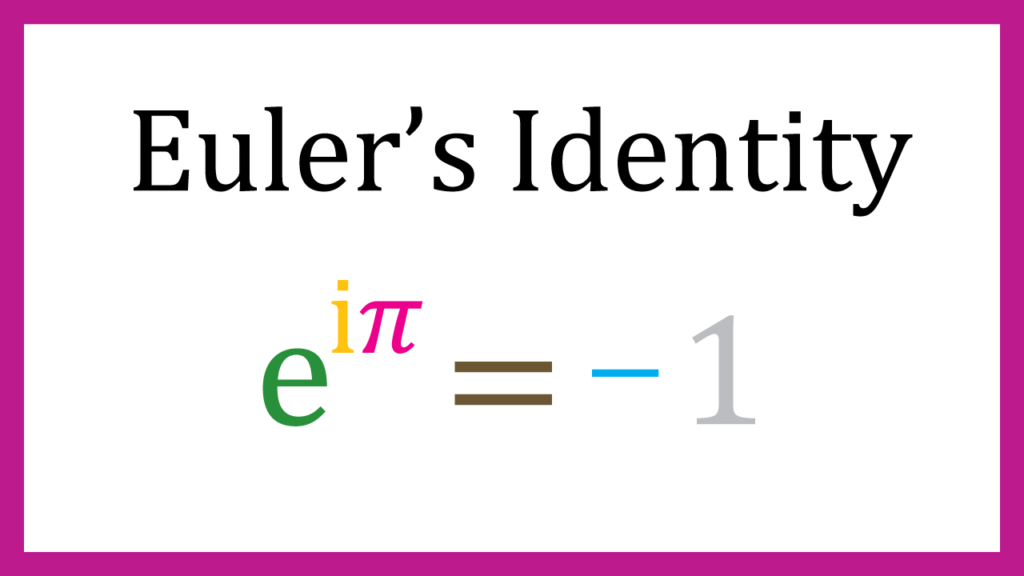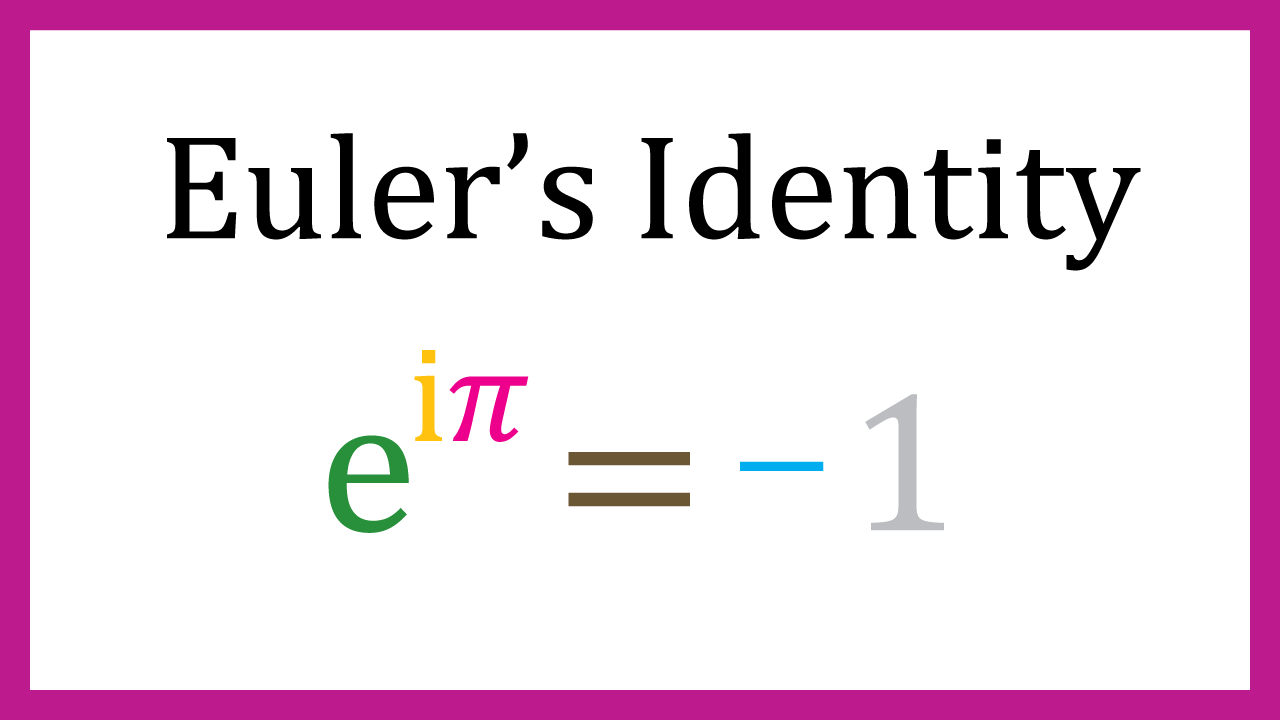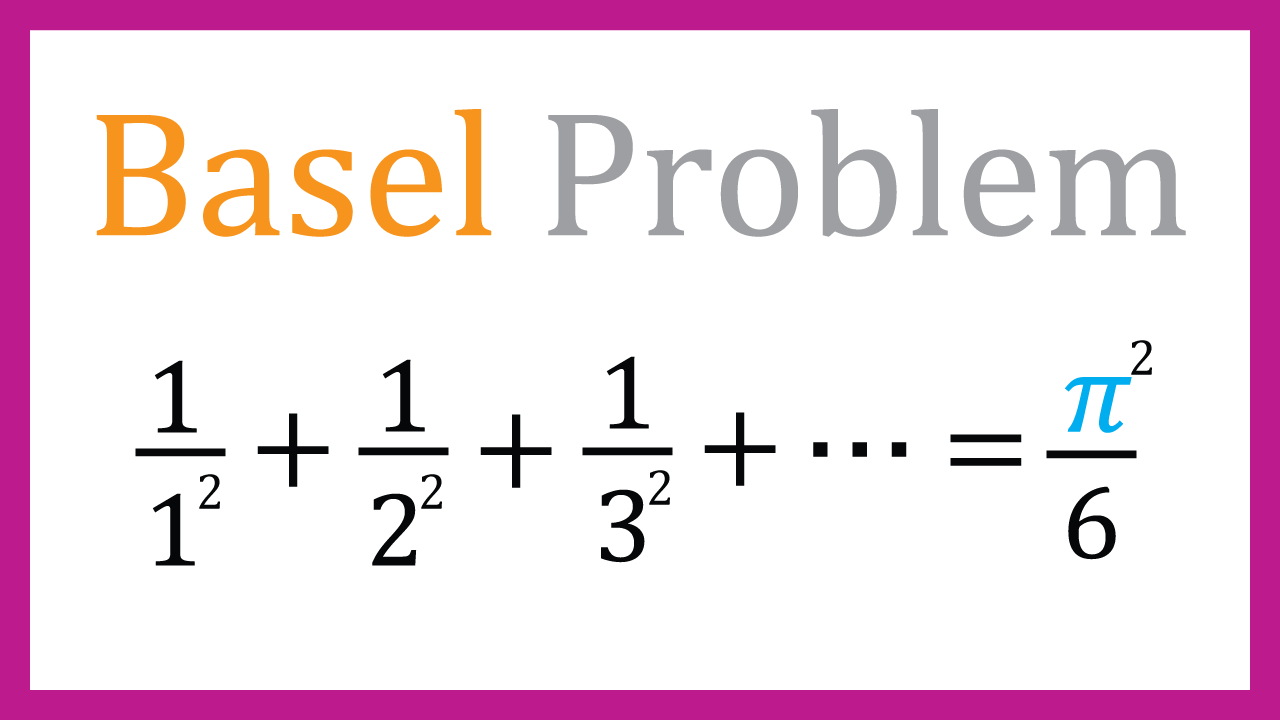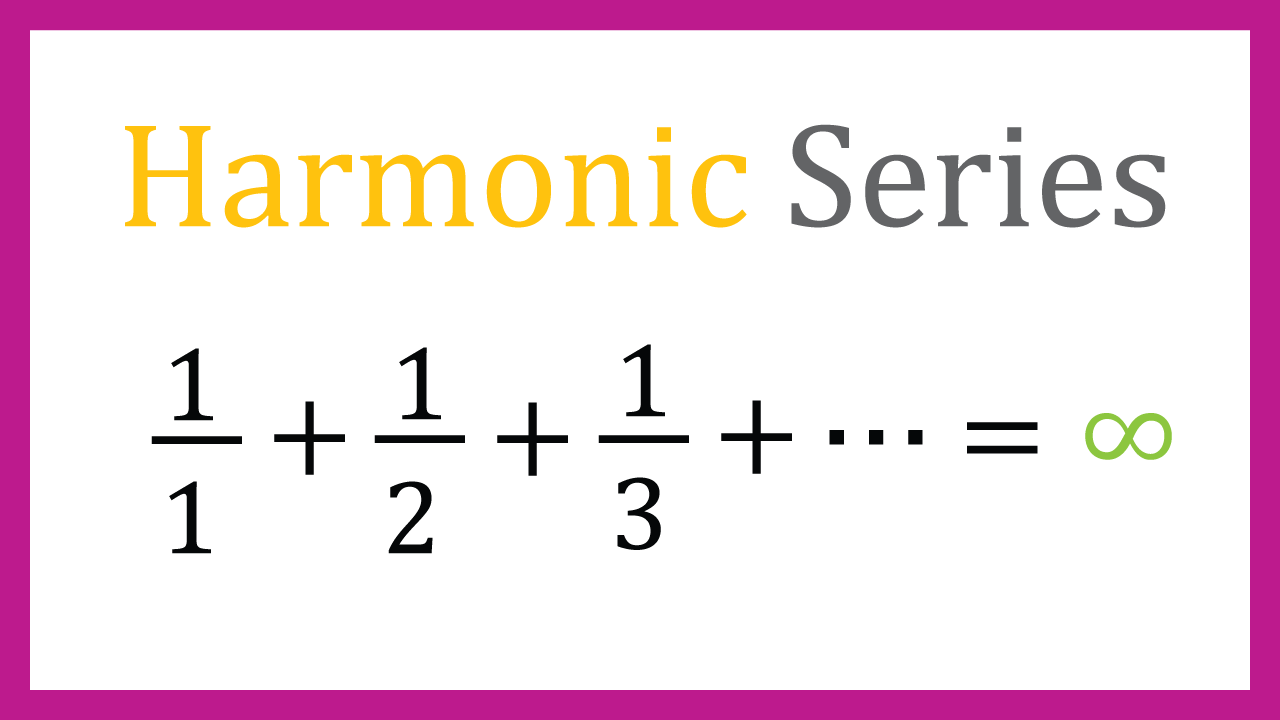
One of the most beautiful things in Math
It might not be such special thing for you. But I would like to remember how to derive it. So let me keep it here.
How do we get Euler’s Identity
Let’s take a look our goal
$$e^{i\pi}=-1$$
Even though you are not interested in science, you see how beautiful it is, don’t you??
We need to know “Euler’s Formula” first in order to understand how Euler’s Identity come. Euler’s Formula is
$$e^{i\theta}=cos\theta+sin\theta$$
Actually, Euler’s Identity is the special case of Euler’s Formula. Let’s think what would be happening if you substitute \(\pi\) into \(theta\) in the formula.
$$e^{i\pi}=cos\pi+isin\pi$$
$$=-1+0$$
$$e^{i\pi}=-1$$
OK, we now know Euler’s Identity is the special case of Euler’s Formula.
Then next question is how we get the “Euler’s Formula.”
We should know Taylor’s expansion. This is the way to express the functions by infinite summation of terms. I will give you some examples of Taylor expansions. (We are not discussing how we get Taylor’s expansion here.)
$$e^{x}=1+x+\frac{1}{2!}x^2
+\frac{1}{3!}x^3
+\frac{1}{4!}x^4 + ・・・$$
$$sinx=x-\frac{1}{3!}x^3
+\frac{1}{5!}x^5
-\frac{1}{7!}x^7 + ・・・$$
$$cosx=1-\frac{1}{2!}x^2
+\frac{1}{4!}x^4
-\frac{1}{6!}x^6 + ・・・$$
Those are Taylor’s expansions for \(e^x,\ sinx,\ cosx\).
If we substitute \(iy\) into \(x\) of \(e^x\), then the Taylor’s expansion is going to be
$$e^{iy}=1+(iy)+\frac{1}{2!}(iy)^2
+\frac{1}{3!}(iy)^3
+\frac{1}{4!}(iy)^4 + ・・・$$
Since \(i^2=-1\)
$$=1+iy-\frac{1}{2!}y^2
-\frac{i}{3!}y^3
+\frac{1}{4!}y^4
+\frac{i}{5!}y^5
-\frac{1}{6!}y^6
-\frac{i}{7!}y^7+・・・$$
It does not have to be \(y\), but I think \(y\) is familiar after x, so I used \(y\).
Anyway, let’s separate this into two kinds. One is terms with \(i\) and another is terms without \(i\).
$$e^{iy}=1-\frac{1}{2!}y^2
+\frac{1}{4!}y^4
-\frac{1}{6!}y^6 +・・・ $$
$$ +iy
-\frac{i}{3!}y^3
+\frac{i}{5!}y^5
-\frac{i}{7!}y^7+・・・ $$
Factorize second terms by \(i\), we would get
$$e^{iy}=\color{blue}{1-\frac{1}{2!}y^2
+\frac{1}{4!}y^4
-\frac{1}{6!}y^6 +・・・} $$
$$ +i\color{red}{\bigg(y
-\frac{1}{3!}y^3
+\frac{1}{5!}y^5
-\frac{1}{7!}y^7+・・・\bigg)} $$
I changed the color for each term. Blue terms are exactly same with the Taylor’s expansion of \(\color{blue}{cosy}\). Red ones are \(\color{red}{siny}\).
Therefore
$$e^{iy}=cosy+isiny$$
Change \(y\) to \(\theta\), then eventually we have
$$e^{i\theta}=cos\theta+isin\theta$$



コメント